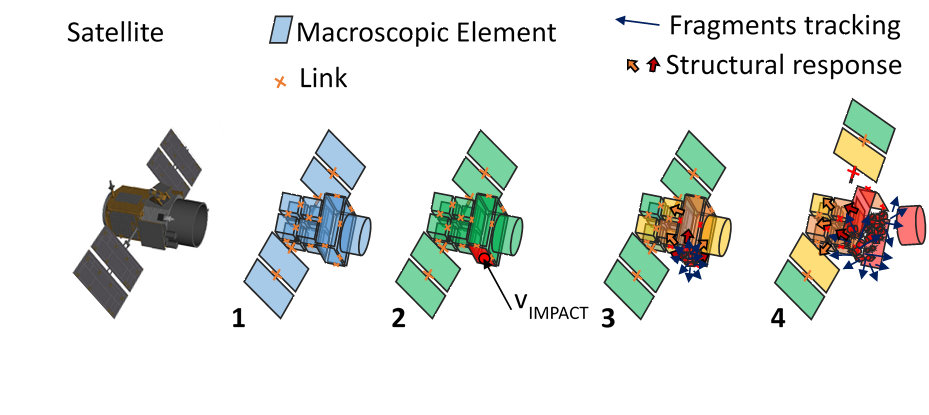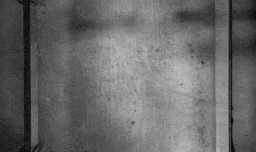Space debris
The space environment is populated by several uncontrolled objects composed of defunct satellites, upper stages, rests of satellite collisions, and other small parts of satellites. All these objects are called “debris”.
The debris can have a big impact on the life of satellites since they can influence the design of satellites in order to include protection systems. As a consequence, the group has developed several ways to characterize the debris population and to study the effects of collision between satellites and debris.
What are space debris?
According to the general definition proposed by the Inter-Agency Space Debris Coordination Committee (IADC) space debris are all “non-functional objects with no reasonable expectation of assuming or resuming its original function or any other function for which it is or can be expected to be authorized, including fragments and thereof “. This definition includes all non-operational satellites, spent rocket bodies, materials released during planned space operations and fragments generated by satellites and upper stage breakup due to accidental explosions or collisions.

Space debris environment and International Guidelines.
From the beginning of the space activities, with the launch of Sputnik-1 in 1957, the number of objects sent in orbit has exponentially increased. Of these objects, only a very small quantity, re-entered back on the Earth, while the greater part is destined to remain in orbit for hundreds, even thousands years. Presently, there are about 17,000 catalogued objects in orbit. Approximately, about 23% of them are intact satellites while the remaining 78% is mainly composed by rocket bodies and fragments generated by accidental or intentional collisions or explosions.
The number of space debris continues to rise, and the main risk, in accord with the theory of Kessler Syndrome (1990) is the development of a cascading process in which the growth of space debris will be dominated by a self-sustained phenomenon, triggered by initial collisions between intact objects and ultimately sustained by collisions between small fragments. This process, that could not be stopped once began, could make some regions in LEO unsafe for long time. For this reason, the Inter-Agency Space Debris Coordination (IADC) has been established and space debris mitigation guideline have been created with the aim to limit and prevent the creation of further debris, intentional or accidental, in the future space activities, through protection and remediation activities. In this framework, the research group provides support and personnel to ASI in the IADC international commission, with particular reference to risk assessment and protection of spacecraft and their components.
Collision Simulation Tool Solver (CSTS)
This tool, developed in the framework of contracts with the European Space Agency, aims to predict fragments distributions from catastrophic and sub-catastrophic events. The software is built on a hybrid simulation methodology, which describes spacecraft as a net of macroscopic elements connected through structural joints. The key innovation of the tool is related to the use of semi-empirical break-up models, which are individually applied to those elements of the net that are involved in the collision. Based on these semi-empirical models, debris fragments are locally
generated and propagated, eventually causing secondary and successive impacts.

The most notable features of this new simulation approach are the very low computational intensity and the high suitability to generalization. Furthermore, the CSTS has the capacity to model several objects design details and encounter configurations.

Impact testing
The Hypervelocity Impact Facility (more info on the dedicated page) allows materials, structures, and subsystems collision and fragmentation testing.

Information on facilities and laboratories can be found on the dedicated page.
More information is available on the Space Debris Group page
